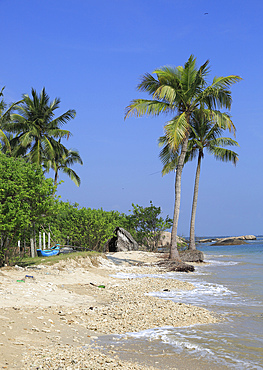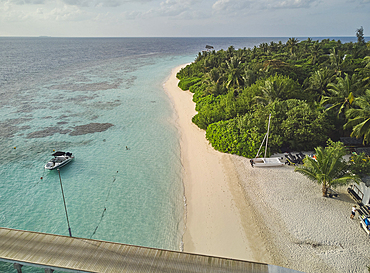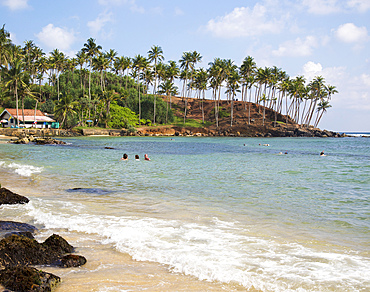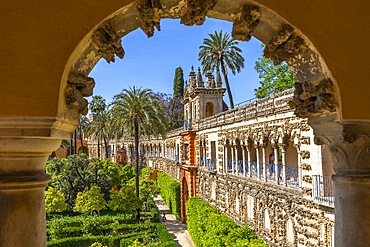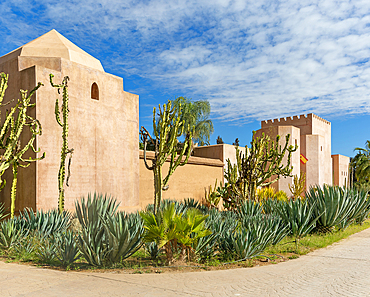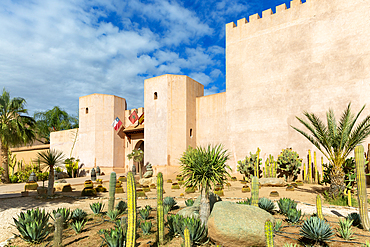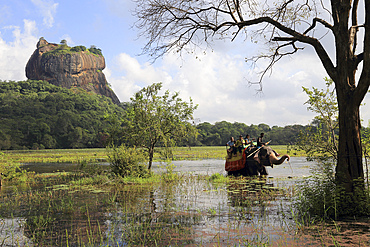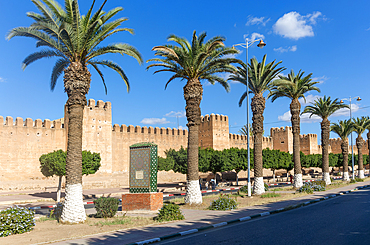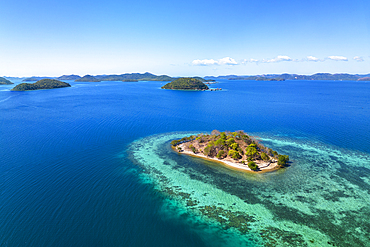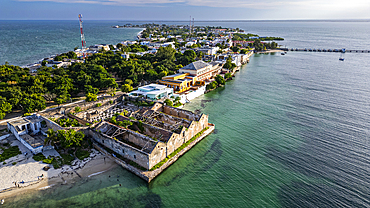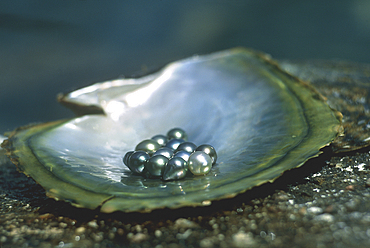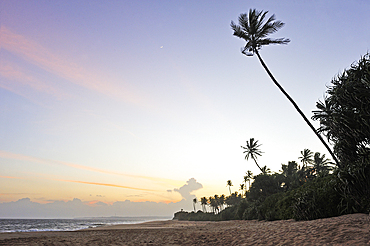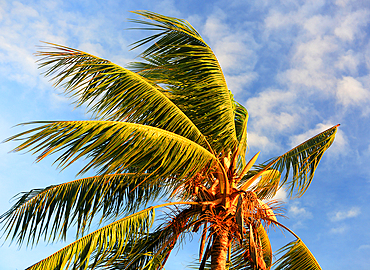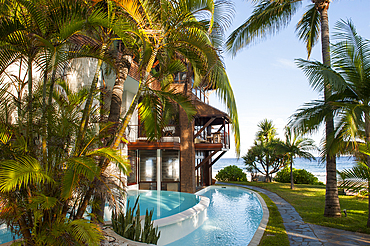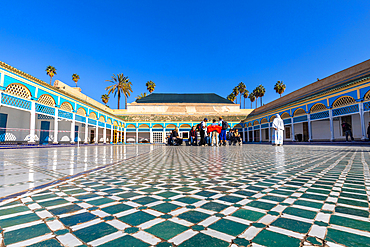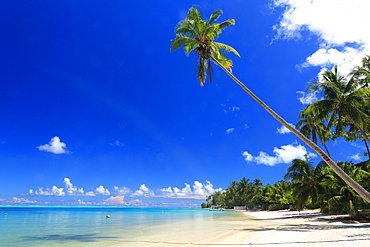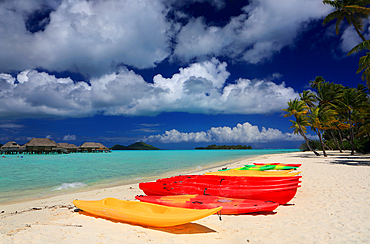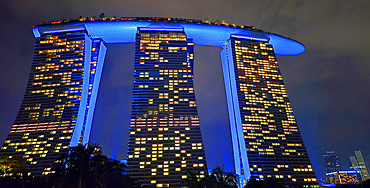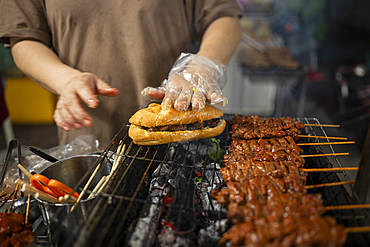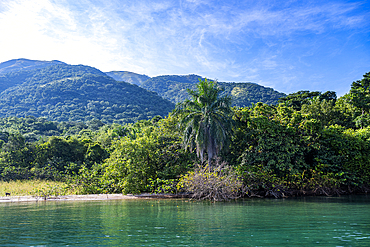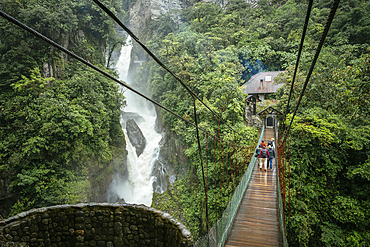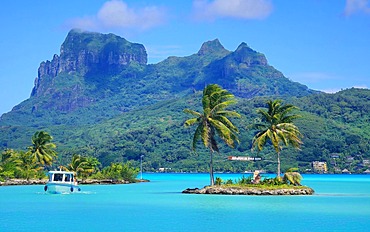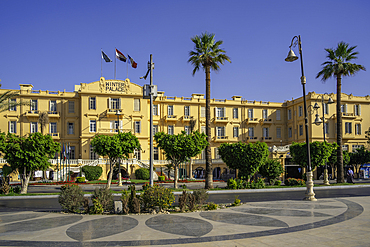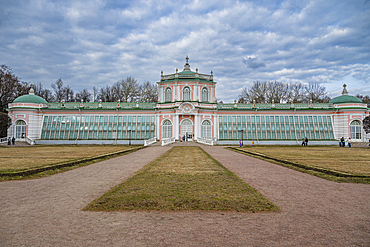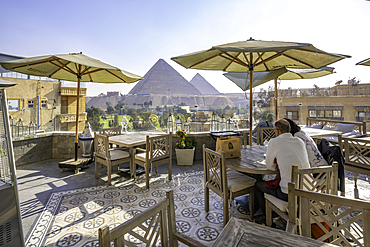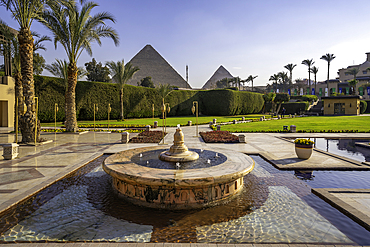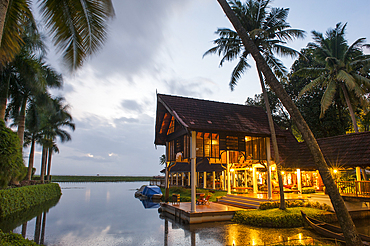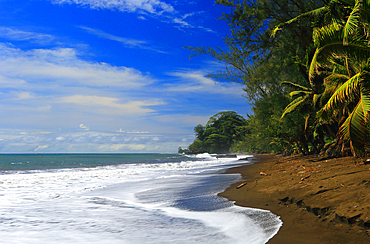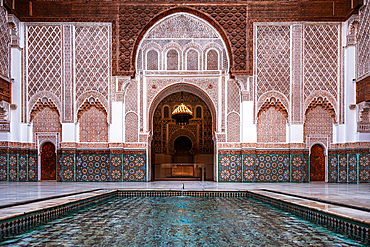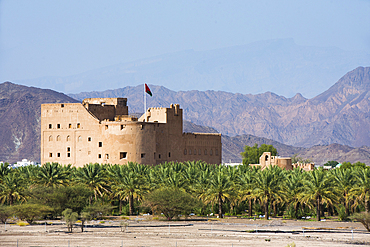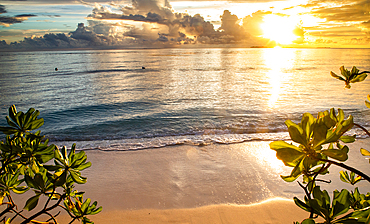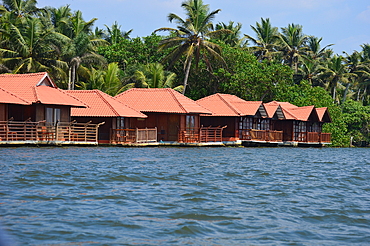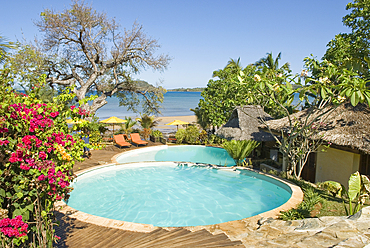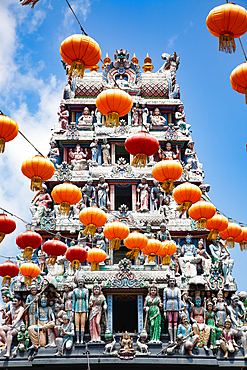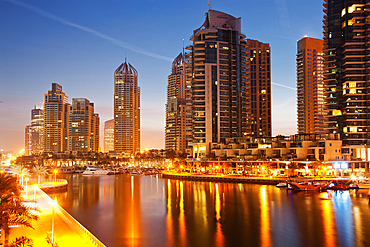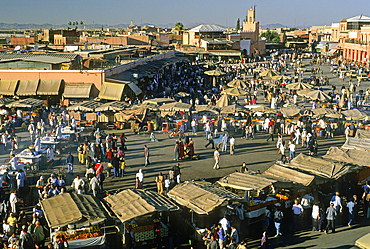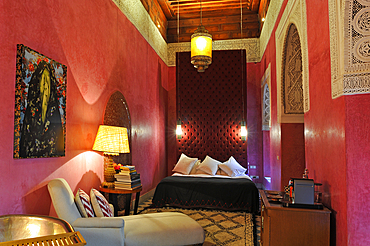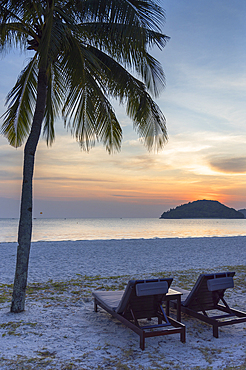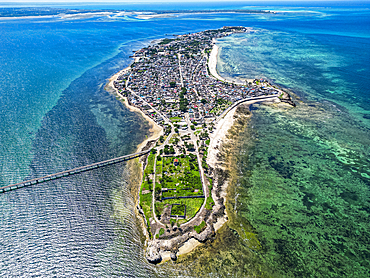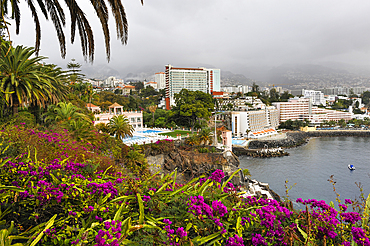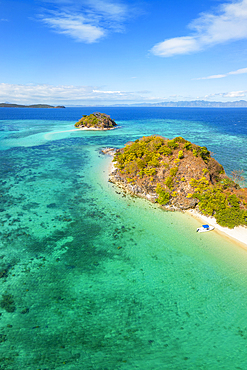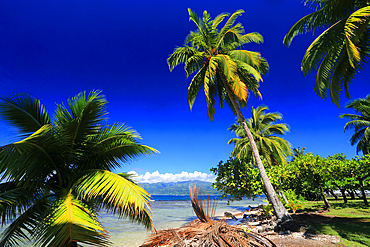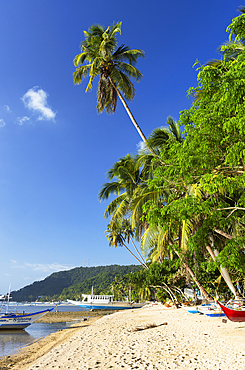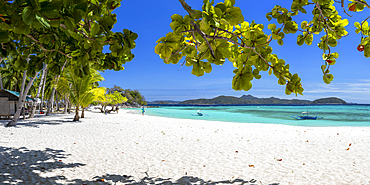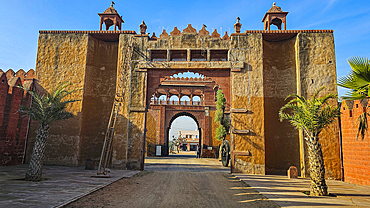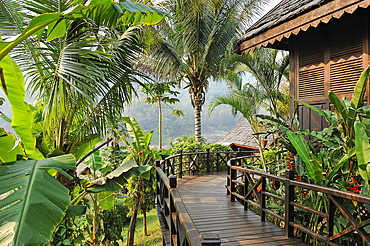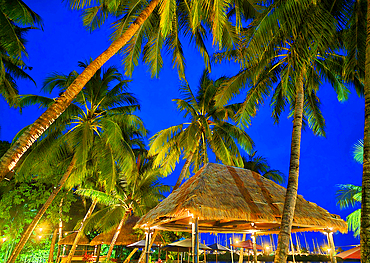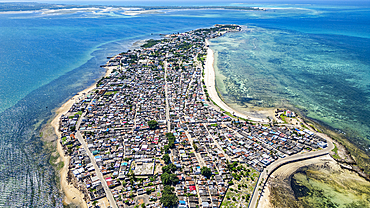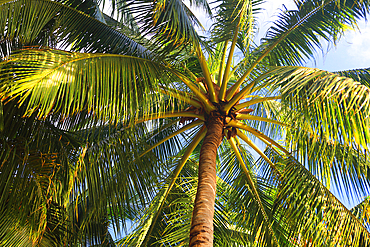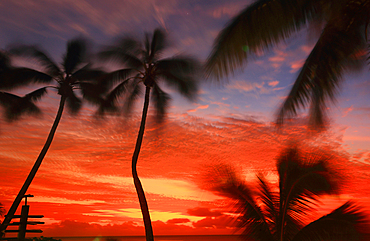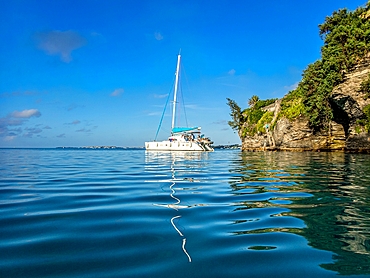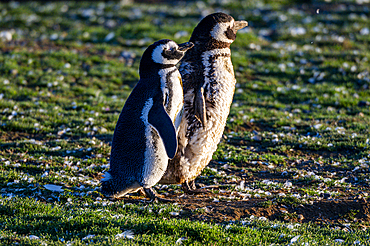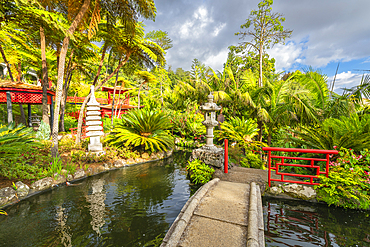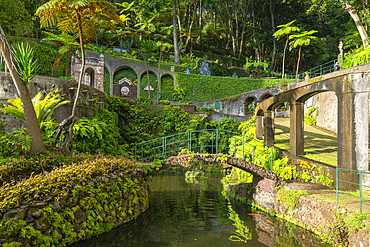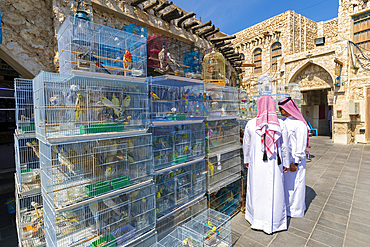Results
1 2 Next »
107 results found

Tropical resort with swimming pool, waterfall, and traditional huts surrounded by lush greenery at Siam Park in Tenerife, Canary Islands, Spain, Atlantic, Europe
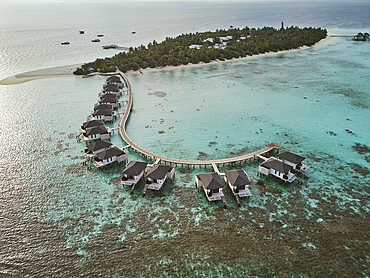
The shoreline and water villas of a tropical paradise island in the Maldives, Havodda Island, Gaafu Dhaalu atoll, Maldives
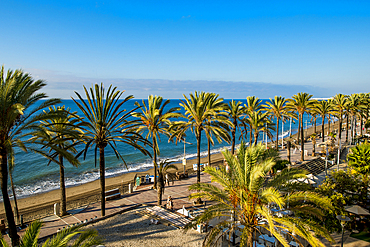
The Paseo Maritimo De Marbella promenade on Playa de la Fontanilla beach, Marbella, Costa del Sol, Andalusia, Spain, Europe
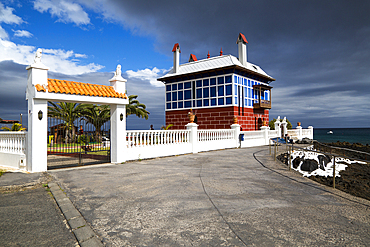
The Blue House (Casa Juanita), built in 1916, Arrieta, Lanzarote, Canary Islands, Spain, Atlantic, Europe
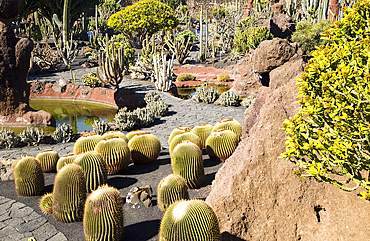
Cactus plants inside Jardin de Cactus designed by Cesar Manrique, Guatiza, Lanzarote, Canary Islands, Spain, Atlantic, Europe
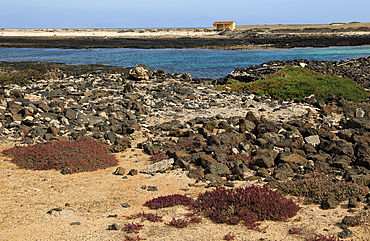
Coastal landscape near village of Majanicho on the north coast, Fuerteventura, Canary Islands, Spain, Atlantic, Europe
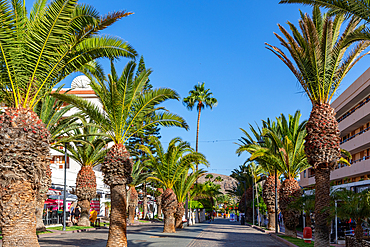
Sunny street lined with palm trees leading towards modern buildings under a clear blue sky in Los Cristianos, Tenerife, Canary Islands, Spain, Atlantic, Europe
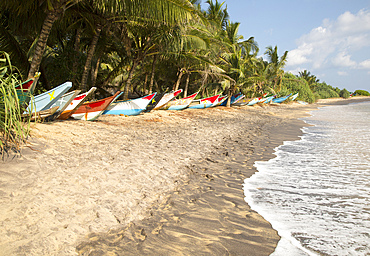
Brightly coloured fishing canoes under coconut palm trees of tropical sandy beach, Mirissa, Sri Lanka, Asia
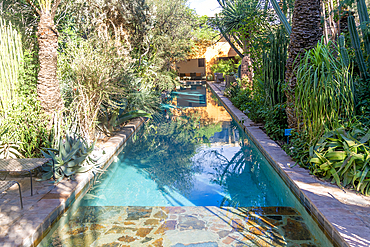
Garden and swimming pool, Dar al Hossoun hotel, architects Eric Ossart and Arnaud Maurieres, Taroudant, Sous Valley, Morocco, North Africa, Africa

Castello Donna Fugata, Ragusa, Val di Noto, UNESCO World Heritage Site, Sicily, Italy, Mediterranean, Europe
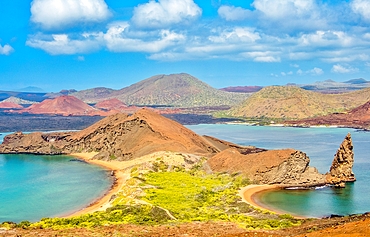
Bartolome Island with Pinnacle Rock, a volcanic plug, to the right, the location featured in the 2003 film Master and Commander, Galapagos islands, UNESCO World Heritage Site, Ecuador, South America
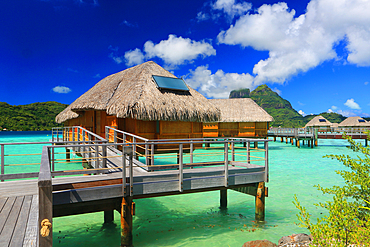
Le Bora Bora by Pearl Resort, Moto Tevairoa island, Bora Bora, French Polynesia, South Pacific, Pacific
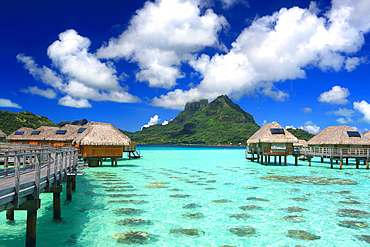
Le Bora Bora by Pearl Resort and Mount Otemanu, Moto Tevairoa island, Bora Bora, French Polynesia, South Pacific, Pacific

Le Bora Bora by Pearl Resort, Moto Tevairoa island, Bora Bora, French Polynesia, South Pacific, Pacific
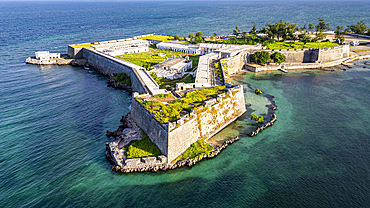
Aerial of the Fort of San Sebastian, Island of Mozambique, UNESCO World Heritage Site, Mozambique, Africa
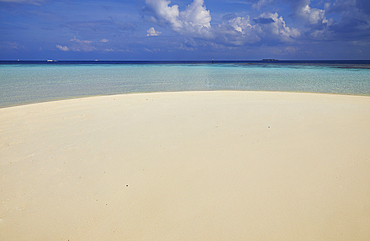
Pristine shallow waters lap against the white coral sand of a tropical beach; Havodda Island, Gaafu Dhaalu atoll, Maldives
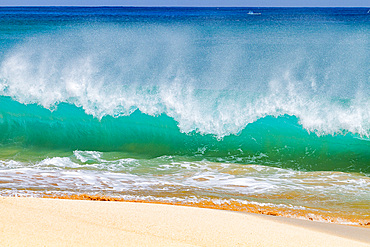
Huge waves breaking on the beach at Ascension Island in the Tropical Atlantic Ocean, South Atlantic Ocean
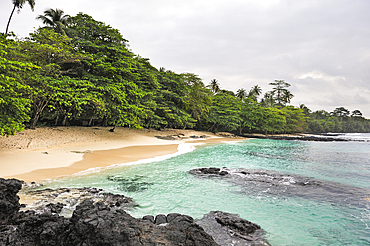
Secret beach of the small Rolas (turtledove) island in the south of Sao Tome Island, Republic of Sao Tome and Principe, Africa

Le Bora Bora by Pearl Resort, Moto Tevairoa island, Bora Bora, French Polynesia, South Pacific, Pacific

View of colourful architecture at Nagaa Suhayl Gharb on the Nile river near Aswan, Aswan, Nubia, Egypt, North Africa, Africa
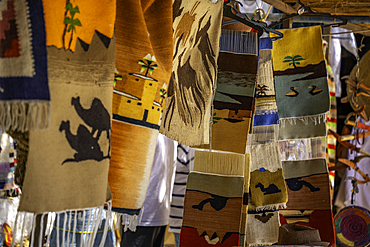
View of colourful souvenirs at Star Coffe Nubian on the Nile river near Aswan, Aswan, Nubia, Egypt, North Africa, Africa
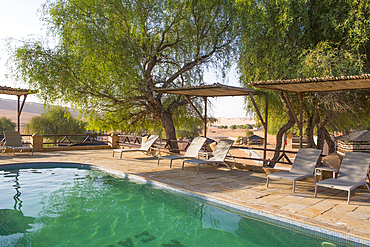
Swimming pool, The Thousand Nights Camp in the Sharqiya Sands, formerly Wahiba Sands, desert region, Sultanate of Oman, Arabian Peninsula
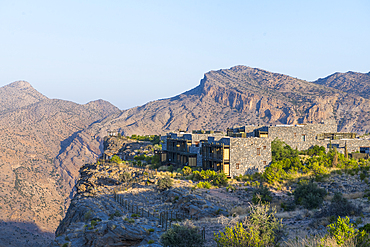
Alila Jabal Akhdar hotel, nestled 2000 metres above sea level, surrounded by Al Hajar Mountains, Sultanate of Oman, Arabian Peninsula
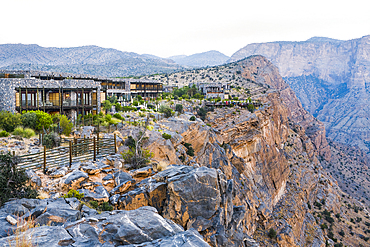
Alila Jabal Akhdar hotel, nestled 2000 metres above sea level, surrounded by Al Hajar Mountains, Sultanate of Oman, Arabian Peninsula
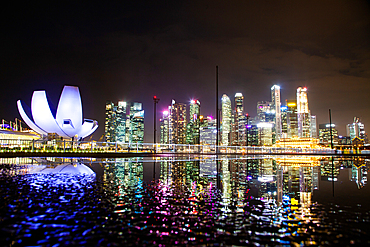
Skyline of Singapore Marina Bay at night downtown core skyscrapers and the Art Science museum, Singapore
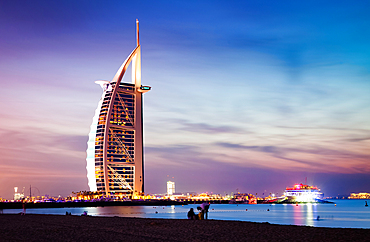
The world's first seven stars luxury hotel Burj Al Arab at night seen from Jumeirah public beach in Dubai, United Arab Emirates

Roof terrace of Kasbah Tebi guest house at moonlight, Ksar of Ait-Ben-Haddou, Ounila River valley, Ouarzazate Province, Draa-Tafilalet region, Morocco
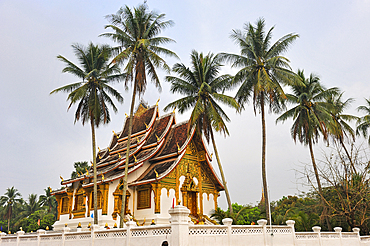
Haw Pha Bang Temple, built in grounds of Royal Palace Museum to enshrine the most highly revered Phra Bang Buddha, Luang Prabang, Laos
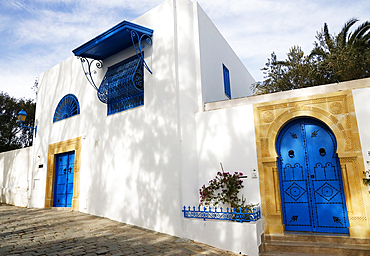
The strikingly situated clifftop town of Sidi Bou Said, north of Carthage, Tunisia, has a reputation as a town of artists.
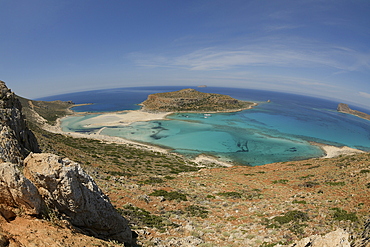
Balos Lagoon Beach and Cape Tigani, elevated view, Gramvousa Peninsula, Chania Region, Crete, Greek Islands, Greece, Europe
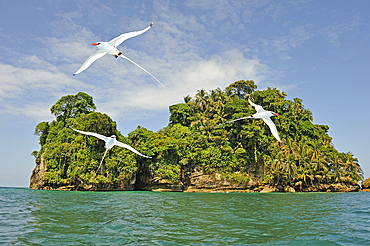
Seabirds Tropicbirds, Pajaros Islet (Swan's Cay off the coast of Boca del Drago on Colon Island, Bocas del Toro Archipelago, Republic of Panama, Central America
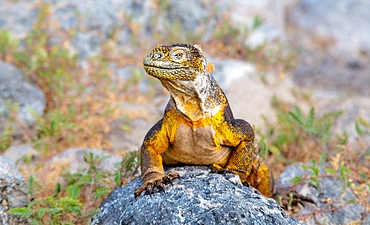
Galapagos Land Iguana (Conolophus subcristatus), large lizard can can grow to five feet long and live for 60 years, South Plaza island, Galapagos, UNESCO World Heritage Site, Ecuador, South America
